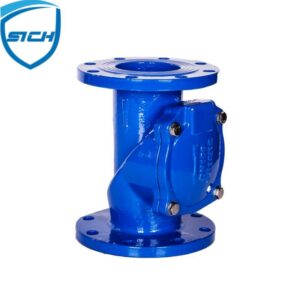Some common maintenance tasks for alarm check valve include:
Testing the alarm circuit.
The alarm circuit should be tested regularly to ensure the alarm is triggered when the check valve opens. This helps ensure the alarm will activate in an actual reverse flow situation.
Inspecting and exercising the valve.
The check valve disc and seat should be inspected for wear or damage. The valve should also be manually opened and closed a few times to exercise the moving parts. This helps prevent the disc from sticking to the seat over time.
Checking any tamper seals.
If the check valve has tamper-proof seals to prevent unauthorized adjustment, the seals should be checked to make sure they are intact. Broken seals may indicate the valve has been tampered with.
Verifying the set pressure.
For check valves that open at a certain pressure difference, test gauges can be used to check that the crack pressure setpoint is still valid. The setpoint may change over time due to disc or spring wear.

Testing any backup power supplies.
If the alarm circuit has a backup battery or power supply, it should be tested to ensure it is still working properly. Batteries may need replacement every few years.
Inspecting wiring and connections.
The wiring, connections, and any junction boxes for the alarm circuit should be inspected for damage or corrosion. Ensure all connections are tight and wires are intact.
Flushing or cleaning the valve if buildup is present.
In some systems, debris or contaminants can build up on or around the check valve. Periodic flushing helps prevent this buildup and ensures free movement of the disc.
Replacing worn or damaged components as needed.
Disc, seat, springs, or seals may need replacement over time or if a problem is found during inspections. Replacement may require removing and disassembling the check valve.